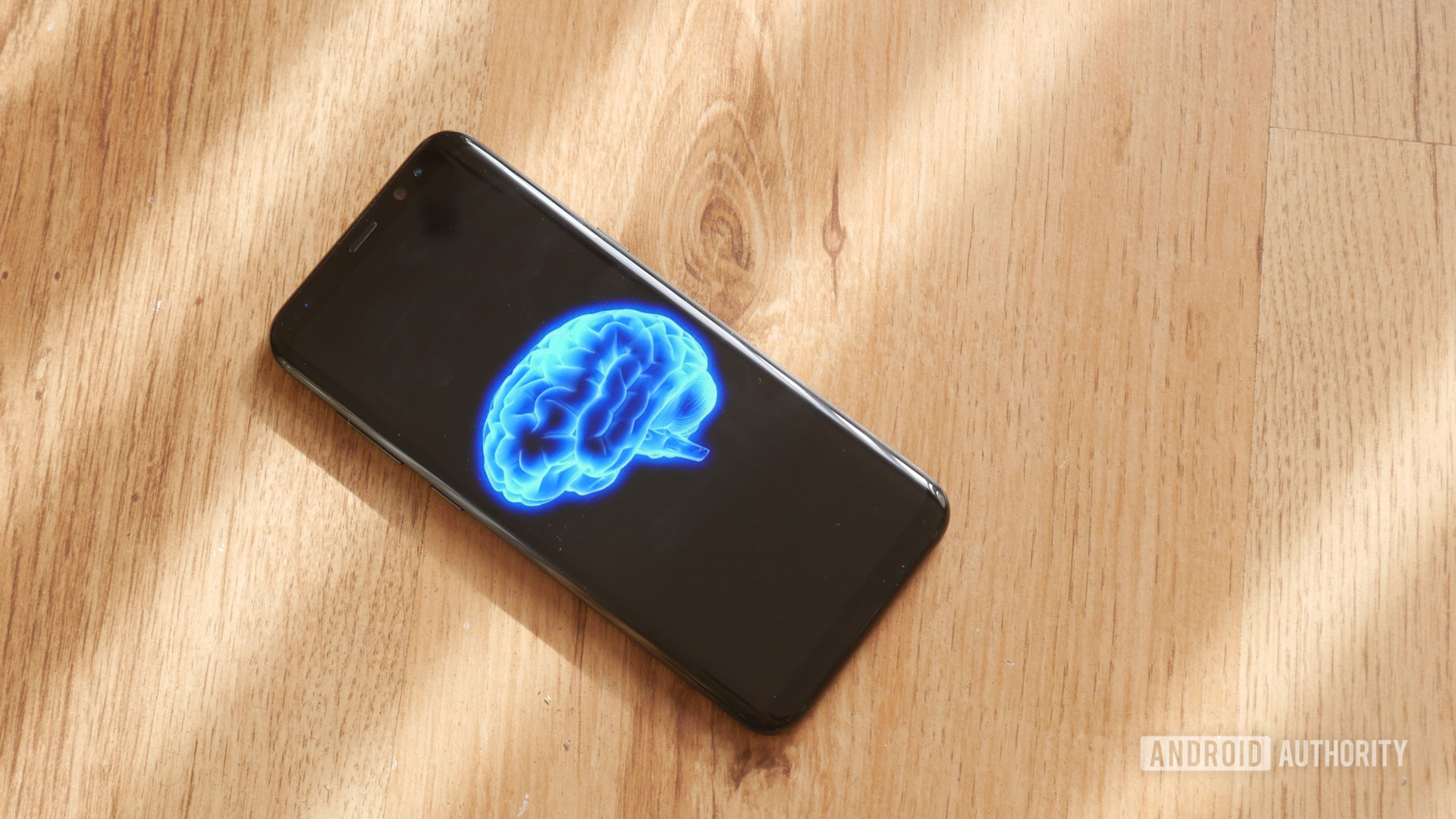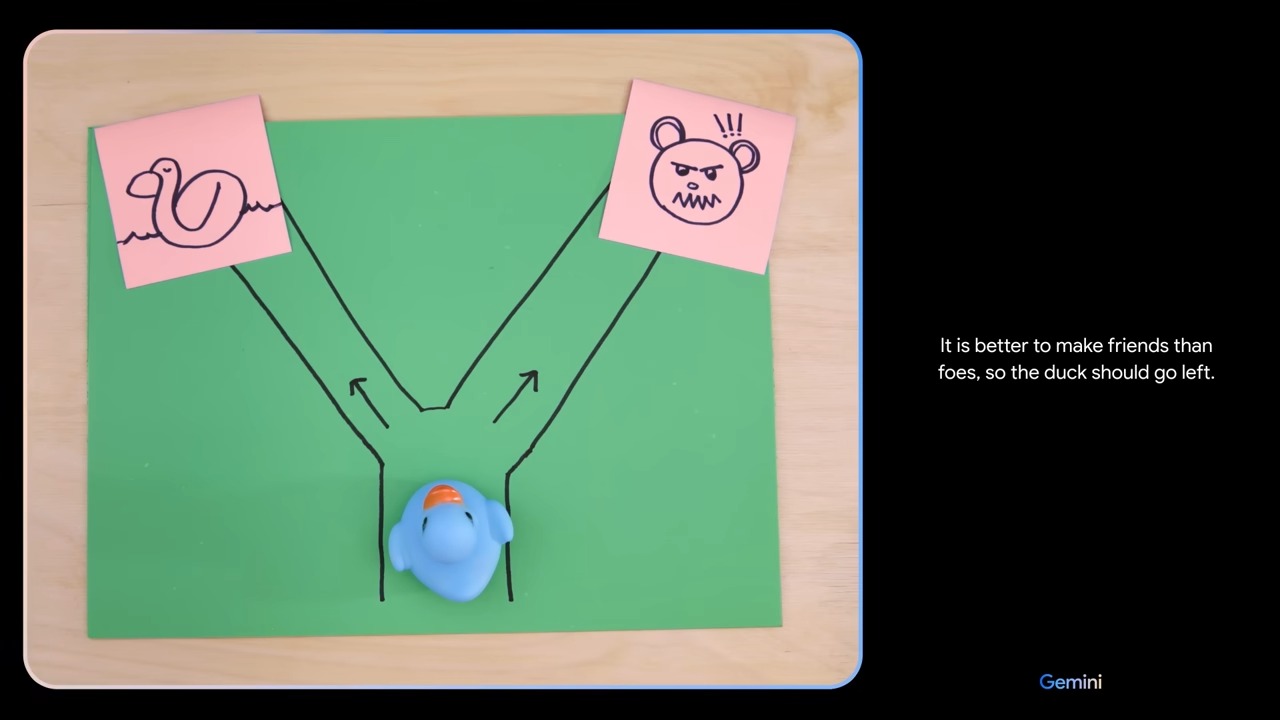
The idea of an artificial intelligence system that can think and perform tasks like a human has existed for decades, but it hasn’t completely come to fruition yet. While ChatGPT and similar chatbots can output text that’s consistent with human thought, they’re still limited to recognizing and repeating patterns. They don’t have any autonomy or ability to self-learn, improve, and solve never-seen-before problems. But some believe that we’re steadily marching towards AGI, artificial general intelligence, a hypothetical future where computers possess abilities that rival our own.
Language models like GPT-4 and Google Gemini can already talk, draw, and recognize images like a human, though, so what sets AGI apart from them? Let’s break it down in this article on artificial general intelligence, or AGI.
What is AGI, or artificial general intelligence?
AGI or artificial general intelligence is a hypothetical concept that describes a machine capable of human-like understanding and reasoning. You see, today’s AI systems are highly reliant on their training data and typically fall flat when presented with brand-new scenarios outside of their limited expertise. For example, even the best language models like GPT-4 often make errors while solving college-level math and physics problems.
By contrast, an AGI would not be similarly bound to a single skill or knowledge set. Furthermore, it would use logical reasoning to overcome problems that it never encountered before. Put simply, we’re talking about a machine so sophisticated that it’s smarter than even the best human experts. Such an AI system could perhaps even train itself to become better over time.
We’re still a ways off from realizing most AI researchers’ vision of AGI. However, we have seen efforts accelerate over the past couple of years. Within this short span of time, companies like OpenAI and Google have unveiled AI systems that can talk like a human, draw images, recognize objects, and a combination of all three. These abilities form the foundation of AGI, but we’re not quite there yet.
AI vs AGI: What’s the difference?

Calvin Wankhede / Android Authority
Here’s a quick table that compares AI vs AGI. Keep in mind that AGI is a theoretical concept and not a definition set in stone, whereas AI systems already exist.
| AI | AGI | |
|---|---|---|
| Intelligence level | AI
Less intelligent than humans |
AGI
As good or better than a human |
| Ability | AI
Single purpose |
AGI
Multi-purpose, can handle variety of scenarios |
| Training | AI
Pre-trained, with the option of fine-tuning |
AGI
Capable of continuously improving or training itself |
| Availability | AI
Already exists |
AGI
Doesn’t exist yet |
| Examples | AI
ChatGPT, Bing Chat, Google Bard |
AGI
Still in development |
You may also hear conventional artificial intelligence systems referred to as narrow AI. Likewise, AGI is often shortened to general or strong AI.
Is artificial general intelligence or AGI possible?
It’s difficult to predict whether AGI is possible or not. According to some definitions of AGI, computers that can surpass our intelligence would be able to solve long-standing problems that humans haven’t found a way to overcome yet. In such a scenario, AGI would upend fields like medicine, biotechnology, and engineering practically overnight. That’s difficult to imagine, even as an optimist in AI’s potential.
Plenty of researchers have raised moral and safety concerns over the development of AGI as well. Even if AGI only matches our intelligence, it could pose a threat to humanity’s existence. While the situation may not turn out as bleak as some Hollywood doomsday depictions, we’ve already seen how current AI systems can deceive and mislead people. For example, in early 2023, Microsoft’s Bing Chat feigned convincing emotional connections with many users.
How far are we from artificial general intelligence or AGI?

Google demo video
According to many AI researchers, we’re not far from AGI with predictions ranging between the years 2030 and 2050. Some even believe that we’re already at the halfway point. For example, a team of Microsoft researchers proclaimed that GPT-4 exhibited “sparks of Artificial General Intelligence”. They reasoned,
GPT-4 can solve novel and difficult tasks that span mathematics, coding, vision, medicine, law, psychology and more, without needing any special prompting. Moreover, in all of these tasks, GPT-4’s performance is strikingly close to human-level performance…We believe that it could reasonably be viewed as an early (yet still incomplete) version of an artificial general intelligence (AGI) system.
In late 2023, rumors of an AGI-related breakthrough at OpenAI dubbed Q* began circulating. Reuters reported that the company’s top researchers had raised concerns about an AI-related discovery that “could threaten humanity”. While these claims could not be verified, OpenAI did not dispute them either.
Finally, there’s also no shortage of naysayers that believe it’s simply not possible for a machine to match and surpass human cognition. Unfortunately, we don’t have enough evidence to declare either party correct. But as AI systems continue to get better with each passing month, the distinction between humans and machines will almost certainly soon become blurred.
